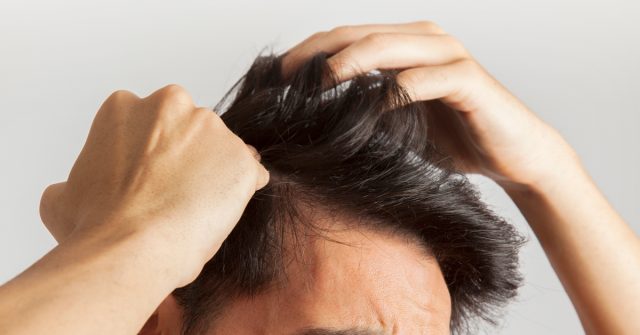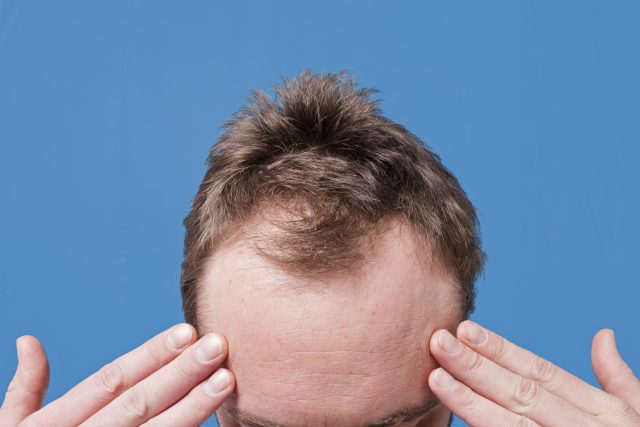Introduction
Hair loss is a common condition that affects both men and women. Losing hair can have a significant impact on one’s self-esteem and overall well-being. This article aims to provide an overview of hair loss, including its causes, different types, research findings, and available treatment options. By understanding the factors contributing to hair loss and the latest research in the field, individuals can make informed decisions about managing this condition.What is Hair Loss?
Hair loss, also known as alopecia, refers to the partial or complete loss of hair from the scalp or other parts of the body. It can occur due to various factors, including genetics, hormonal changes, nutritional deficiencies, medical conditions, and environmental factors. Hair loss can be temporary or permanent, and its severity can vary from mild thinning to complete baldness.What does the Research Show Us about Hair Loss?
Extensive research has been conducted globally, including in New Zealand, to understand the causes and mechanisms of hair loss. Studies have identified genetic factors, such as variations in specific genes, as a significant contributor to hair loss. Researchers have also explored the role of hormonal imbalances, particularly the influence of dihydrotestosterone (DHT) in androgenetic alopecia, the most common type of hair loss. Furthermore, studies have investigated the impact of lifestyle factors, such as stress, smoking, and poor nutrition, on hair loss. Research findings suggest that these factors can contribute to hair thinning and accelerate the progression of hair loss.What are the Different Types of Hair Loss?
- Androgenetic Alopecia: This is the most common type of hair loss, often referred to as male or female pattern baldness. It is characterized by a gradual thinning of hair, primarily in specific areas such as the crown or the hairline.
- Alopecia Areata: This type of hair loss occurs when the body’s immune system mistakenly attacks the hair follicles, leading to patchy hair loss on the scalp or other areas of the body.
- Telogen Effluvium: Telogen effluvium is a temporary hair loss condition triggered by factors such as severe stress, illness, hormonal changes, or nutritional deficiencies. It causes a widespread shedding of hair, but the follicles usually recover over time.
- Traction Alopecia: Traction alopecia results from repetitive pulling or tension applied to the hair, often due to certain hairstyles or hair practices. It commonly affects the hairline and can be reversed with changes in styling habits.
What are the Available Treatments?
- Medications: In New Zealand, medications approved for treating hair loss include minoxidil and finasteride. Minoxidil is a topical solution that can promote hair growth, while finasteride is an oral medication that helps block the conversion of testosterone to DHT, slowing down hair loss.
- Hair Transplantation: Hair transplant surgery involves removing healthy hair follicles from one area of the scalp (donor site) and implanting them into the bald or thinning areas (recipient site). This procedure can provide long-lasting results for suitable candidates.
- Low-Level Laser Therapy (LLLT): LLLT utilizes laser devices or combs to stimulate hair growth by increasing blood flow to the hair follicles. Although research on LLLT is ongoing, it shows promise as a non-invasive treatment option.
- Lifestyle Modifications: Adopting a healthy lifestyle can promote overall hair health. This includes a balanced diet rich in vitamins and minerals, regular exercise to improve blood circulation, stress management techniques, and avoiding damaging hair practices.
Conclusion:
Hair loss can have a significant impact on an individual’s self-confidence and quality of life. Understanding the causes, types, and available treatments for hair loss is crucial in managing this condition effectively. Ongoing research in New Zealand and globally continues to shed light on the underlying mechanisms and potential new treatment options. By staying informed and consulting with healthcare professionals, individuals can make informed choices to address their hair loss concerns and regain confidence in their appearance.References:
- Health Navigator New Zealand. (2021). Hair Loss (Alopecia). Retrieved from https://www.healthnavigator.org.nz/health-a-z/h/hair-loss-alopecia/
- DermNet New Zealand. (2021). Hair Loss (Alopecia). Retrieved from https://www.dermnetnz.org/topics/hair-loss-alopecia/
- American Academy of Dermatology Association. (n.d.). Hair Loss: Who Gets and Causes. Retrieved from https://www.aad.org/public/diseases/hair-loss/causes
- Sinclair, R., et al. (2020). Androgenetic Alopecia: New Insights into the Pathogenesis and Mechanism of Hair Loss. F1000Research, 9, F1000 Faculty Rev-638. doi: 10.12688/f1000research.21722.1

Dr Afraz Adam
Chief Medical Officer
MBBS. FRNZCUC





